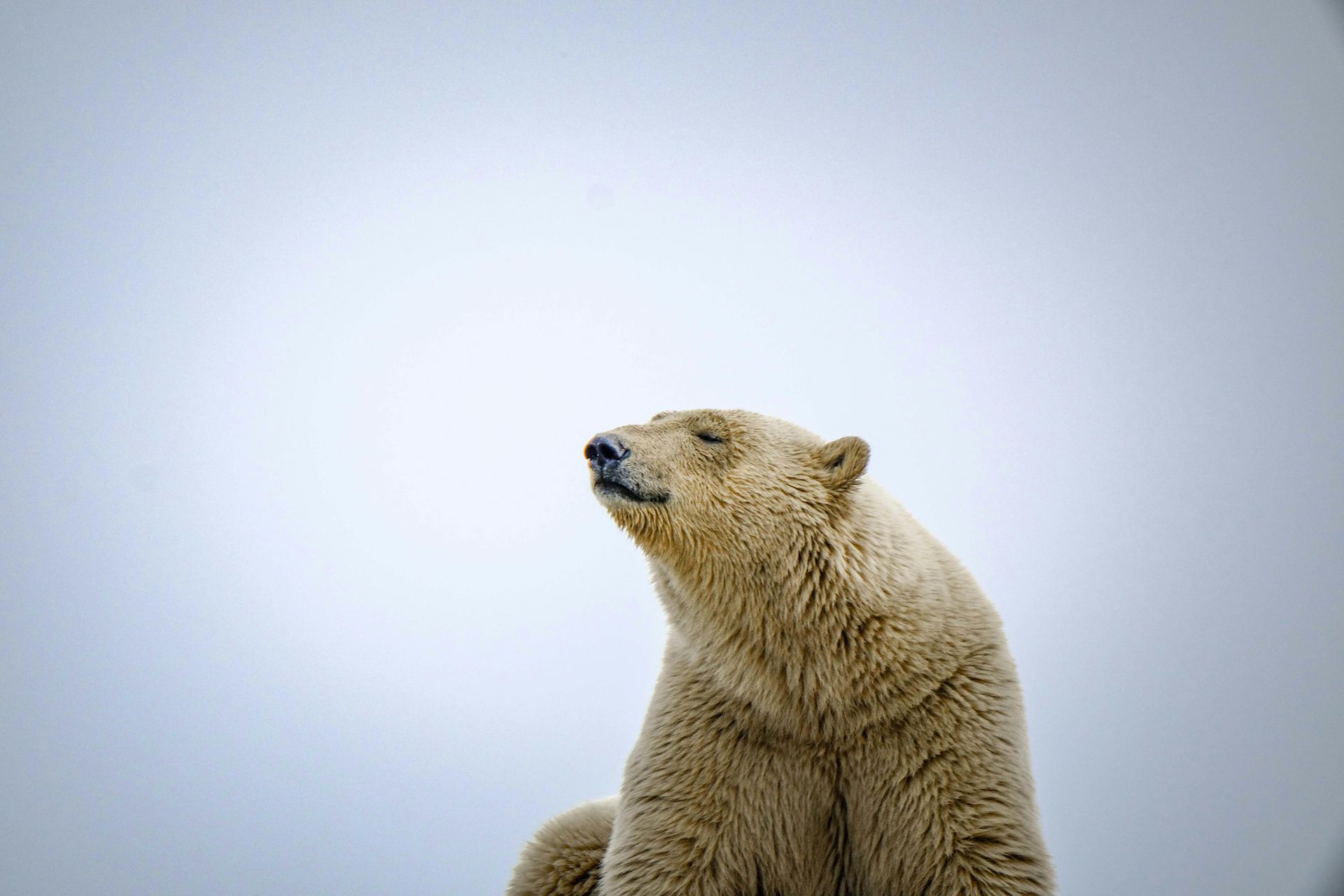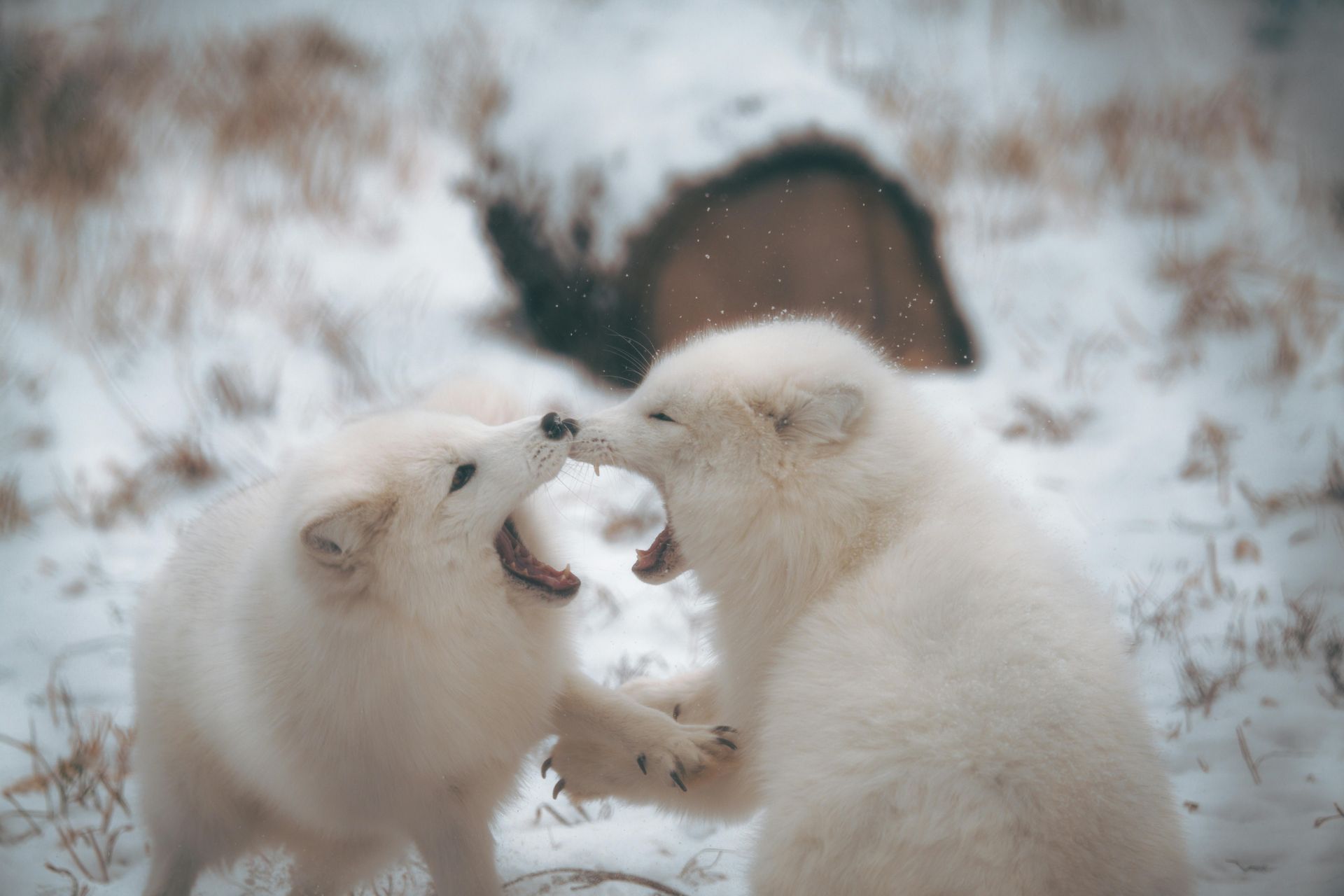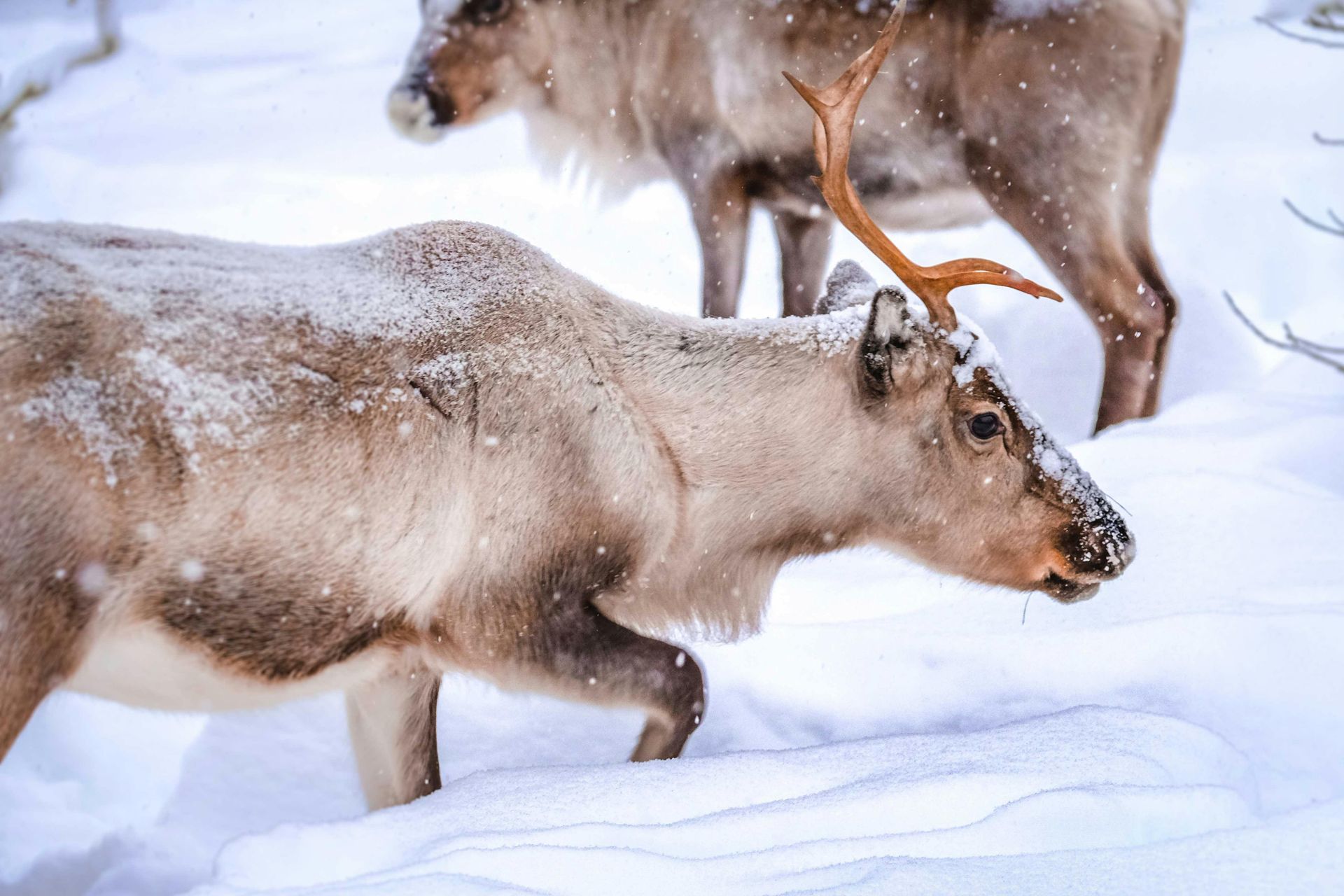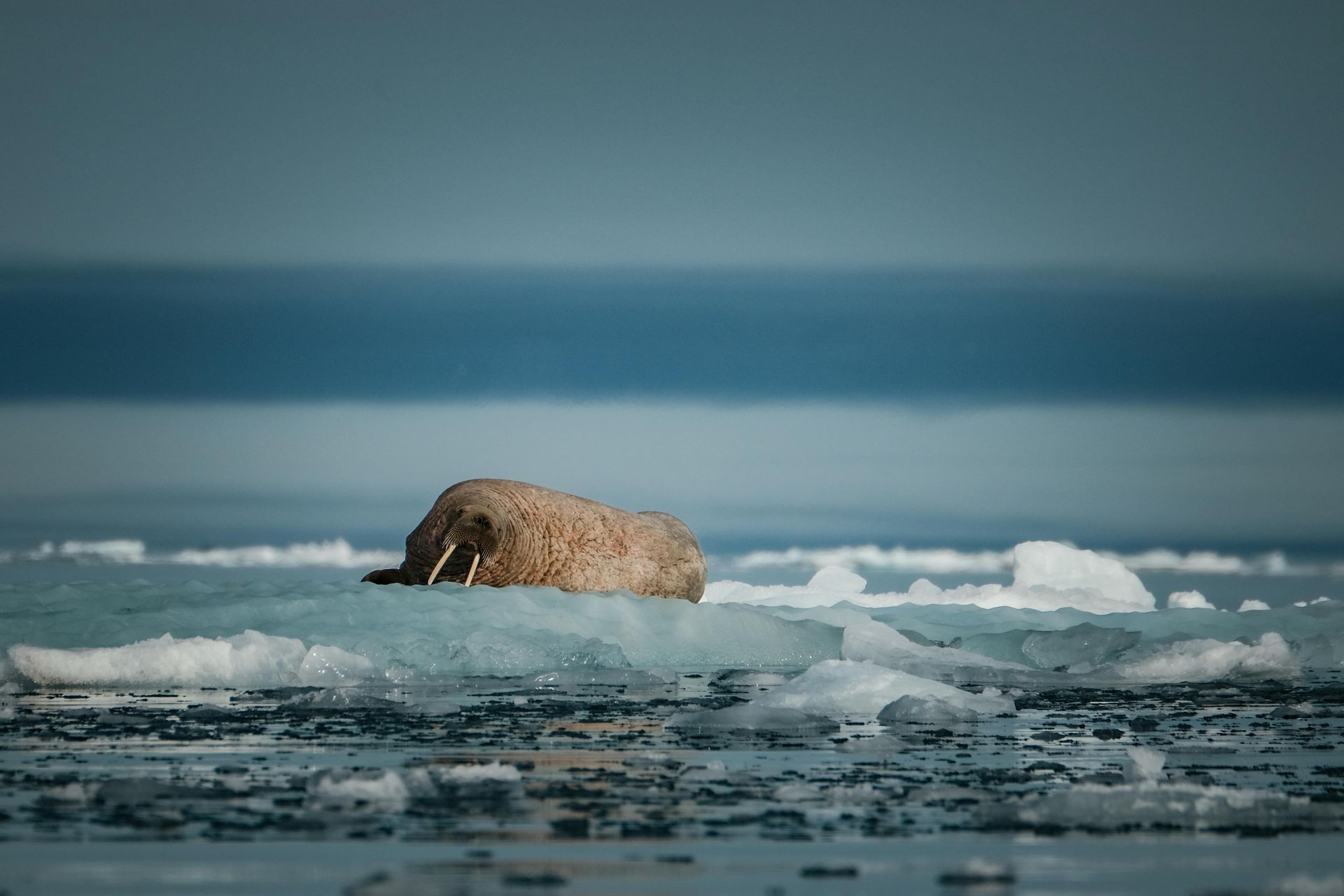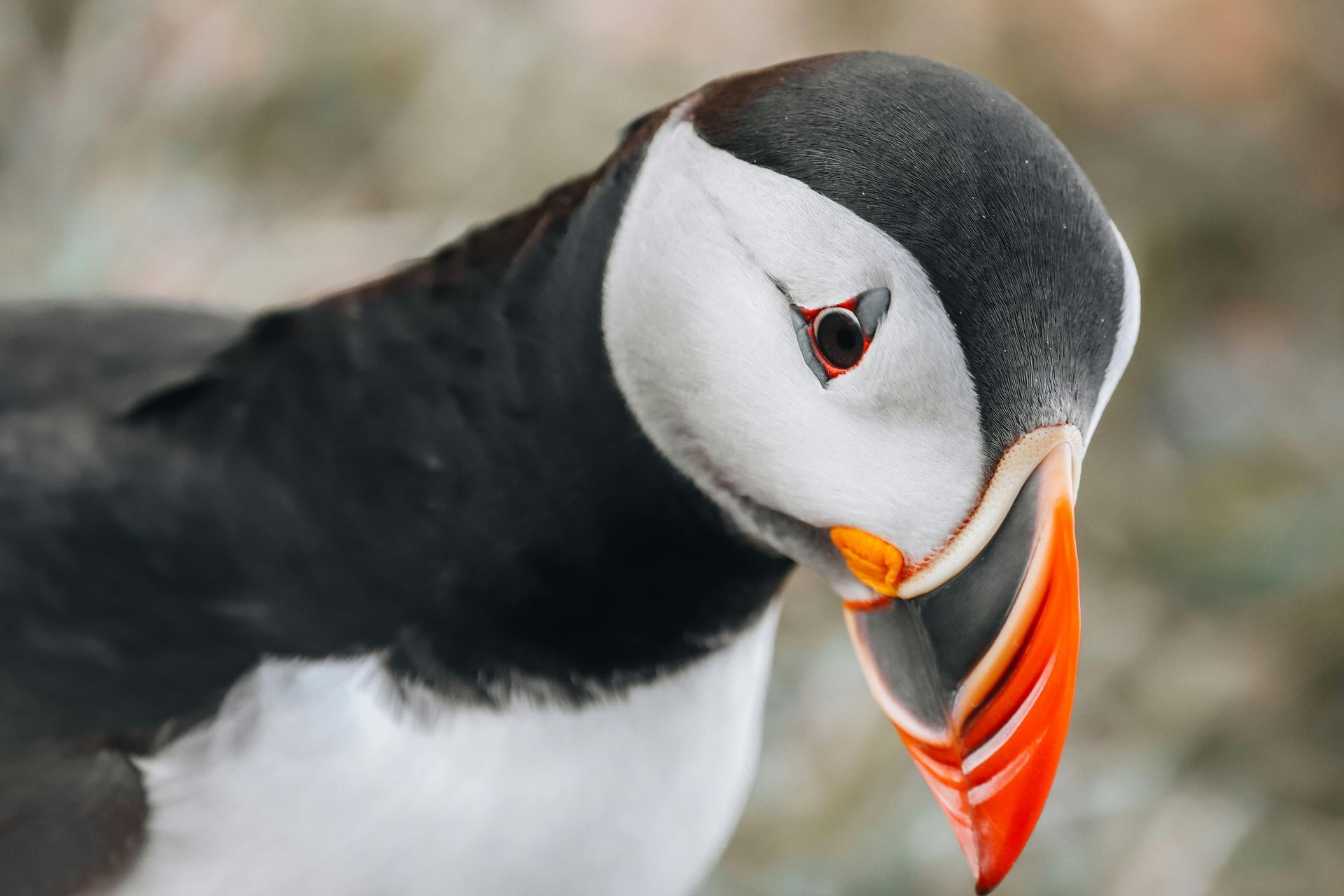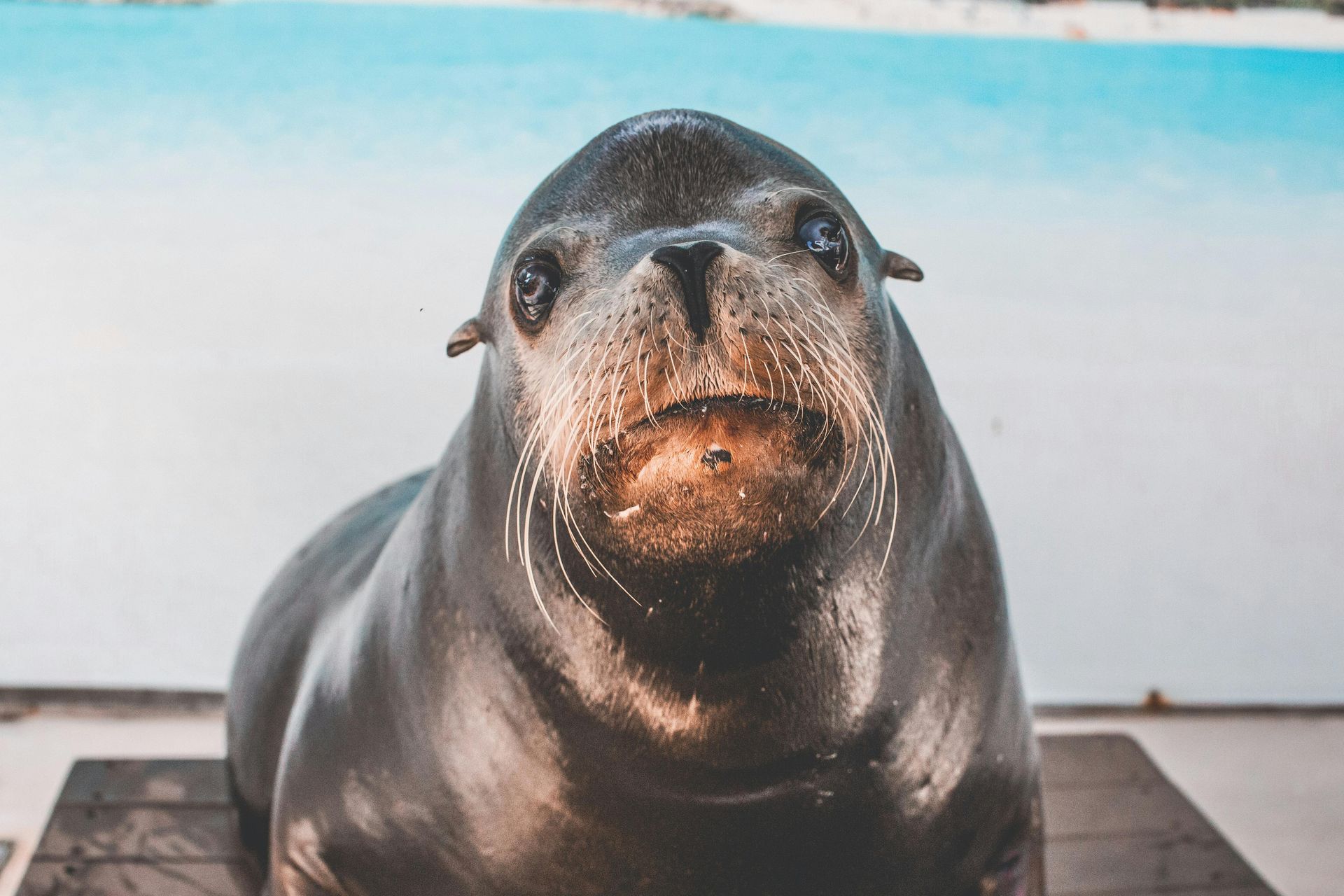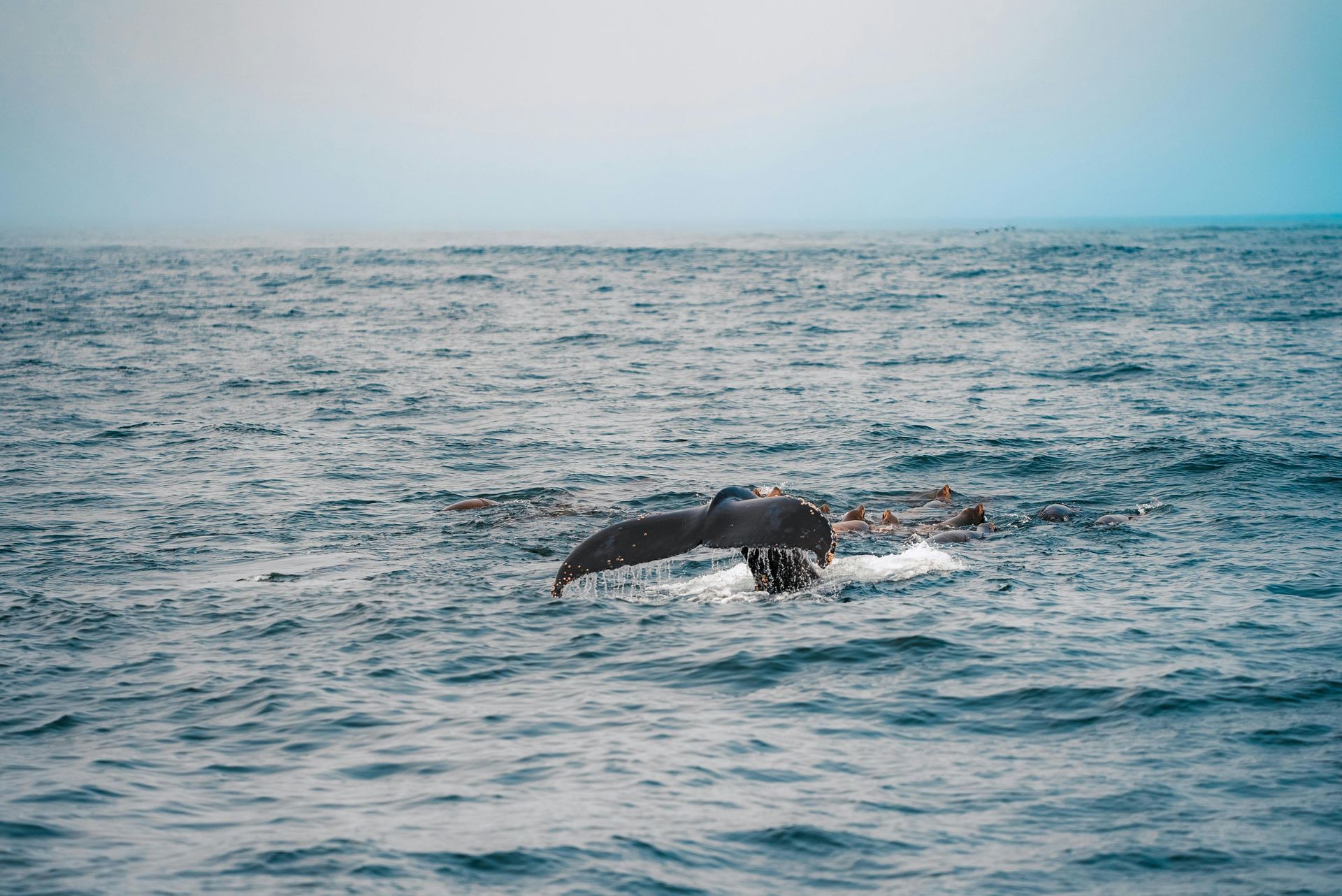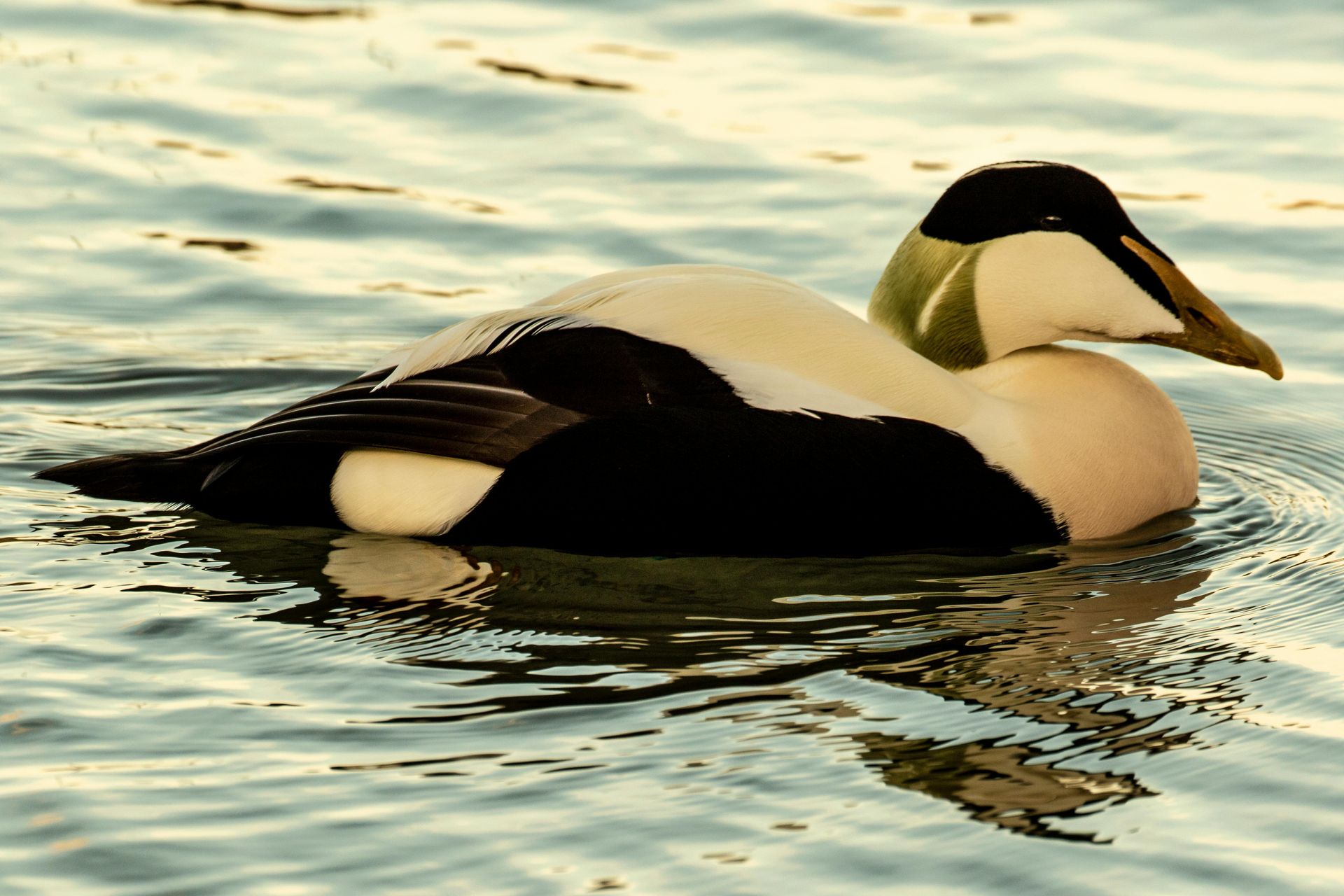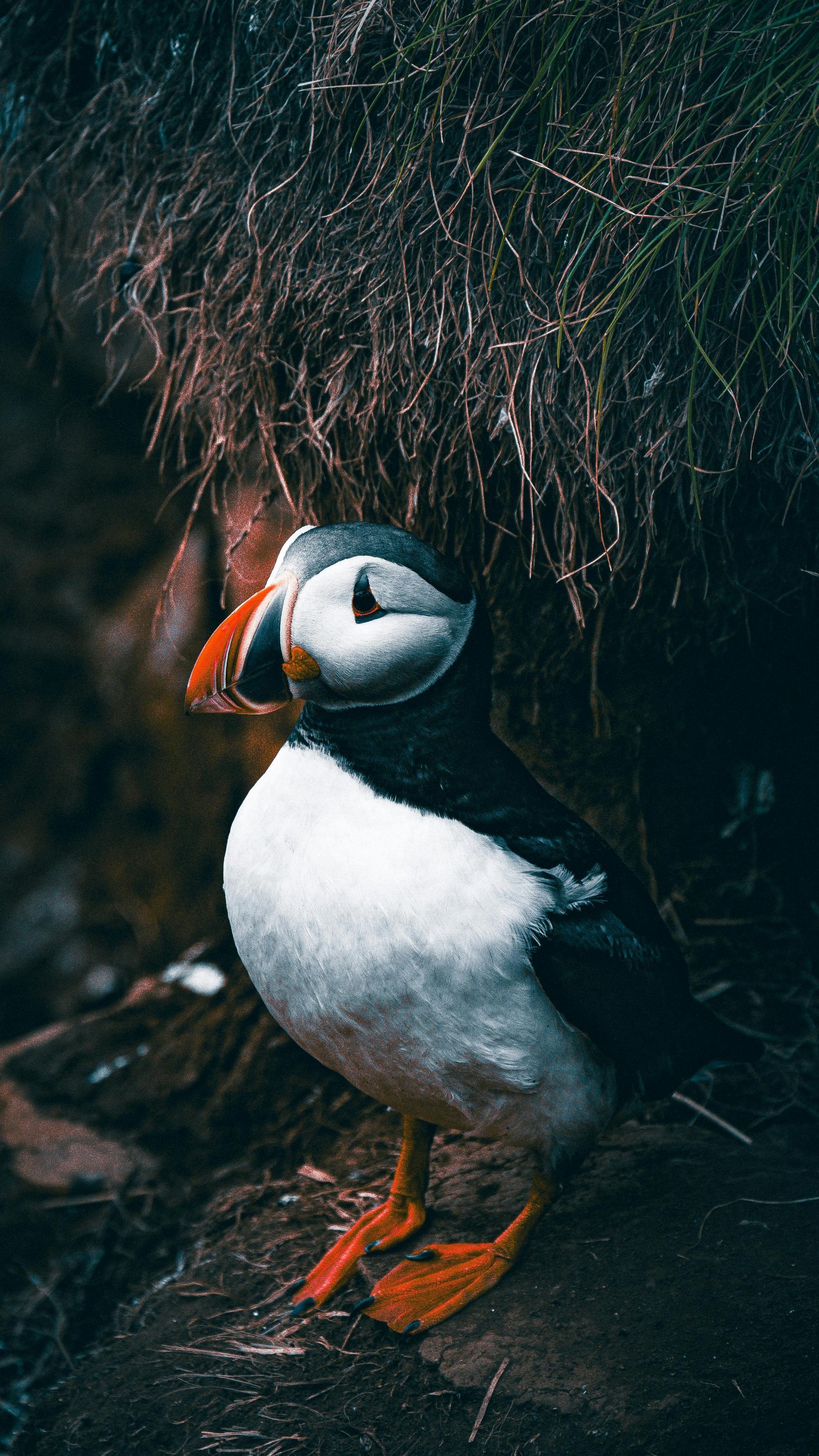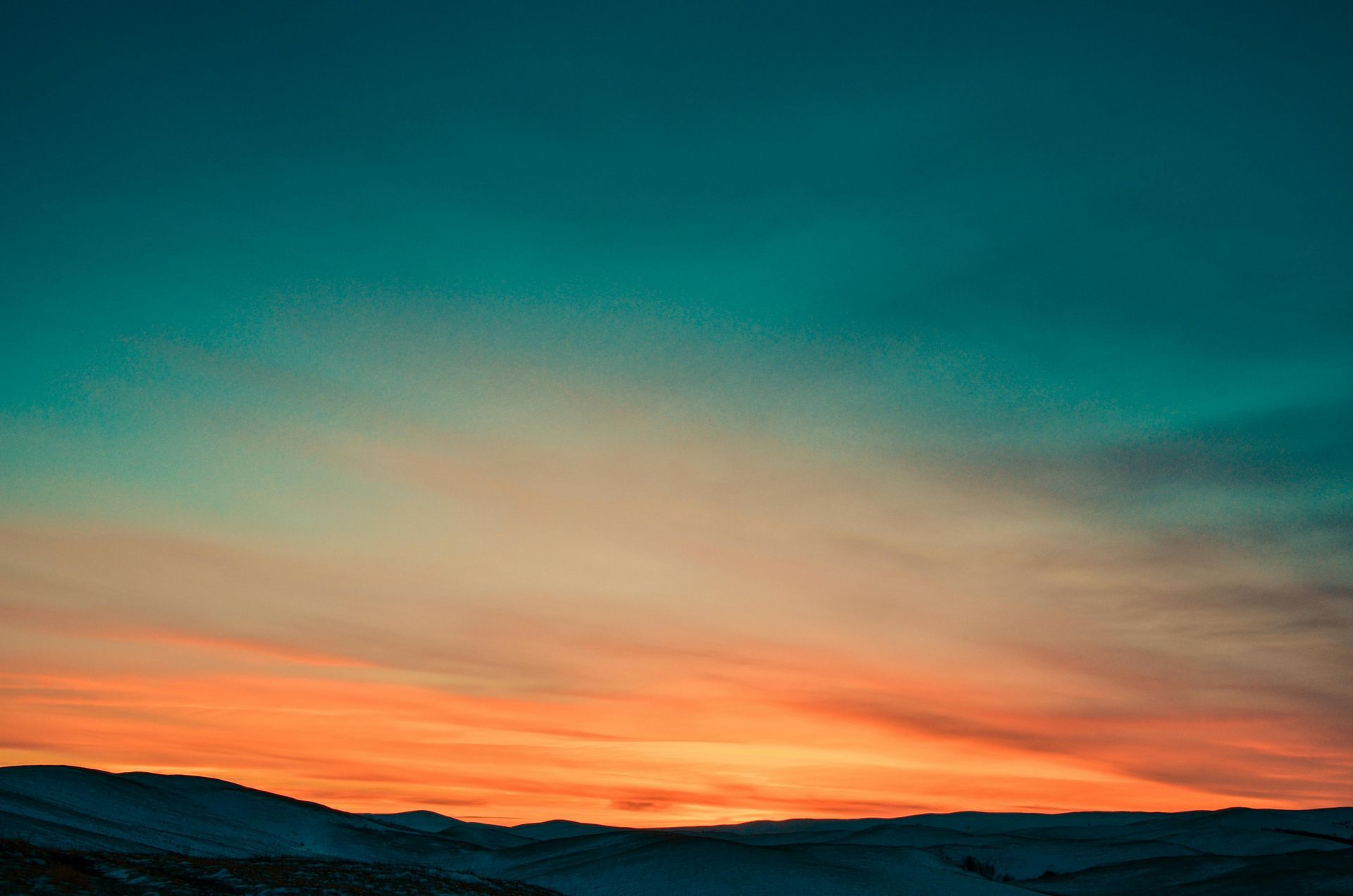Winter Wildlife Wonders: Fascinating Facts About Spitsbergen's Fauna
Winter Wildlife Wonders: Fascinating Facts About Spitsbergen's Fauna
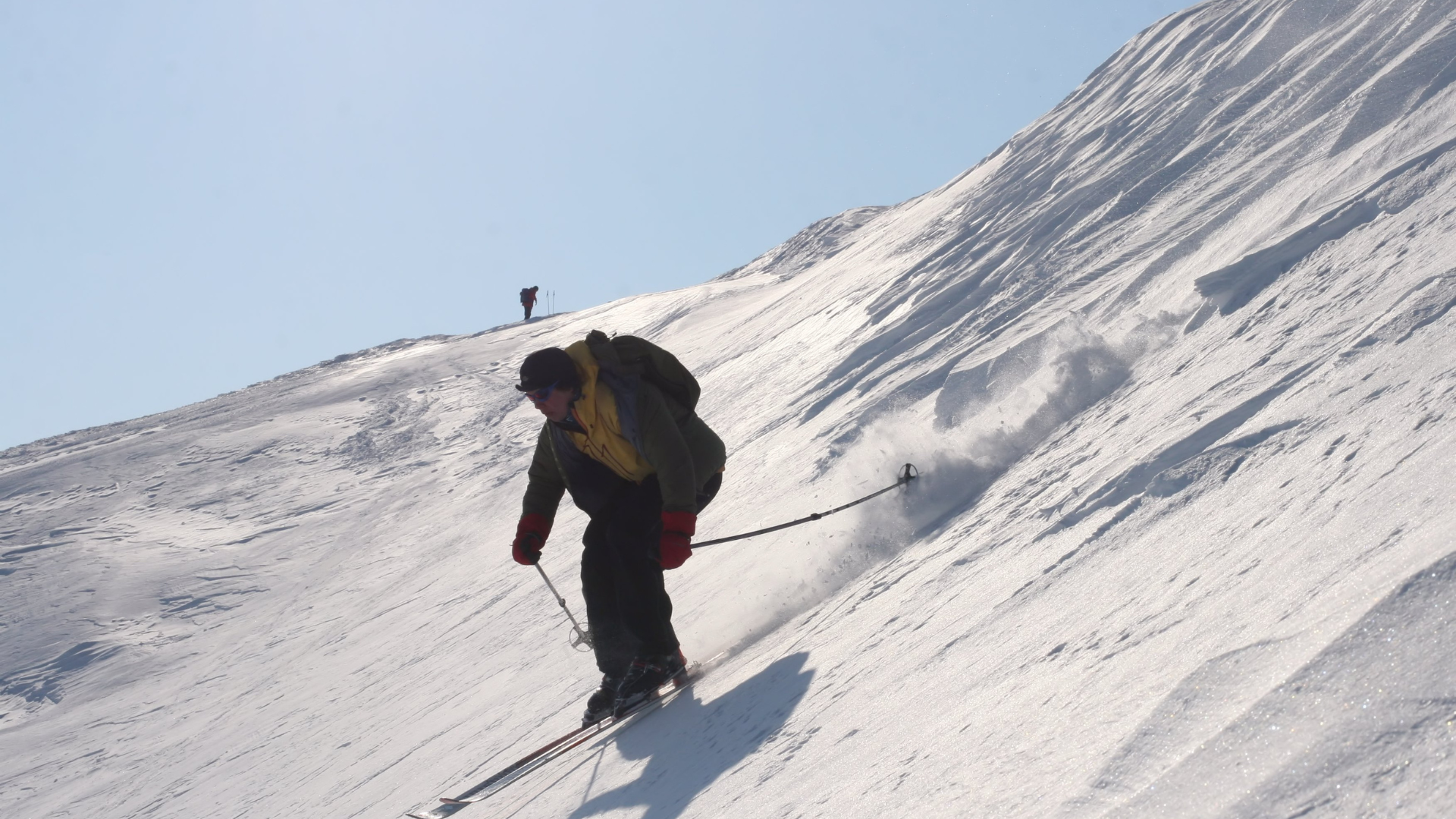
Winter in Spitsbergen is a season of stark beauty and extreme conditions, where the resilient wildlife of the Arctic showcases its incredible adaptations. Despite the harsh environment, numerous animal species thrive in this frozen landscape, each with unique behaviors and characteristics that enable them to survive and flourish. Understanding these adaptations provides a deeper appreciation for the resilience and ingenuity of Arctic wildlife.
The polar bear is the most iconic animal of Spitsbergen, and winter is a critical time for these majestic predators. Polar bears rely on the sea ice to hunt seals, which make up the bulk of their diet. During the winter months, they roam the ice-covered fjords and coastal areas, using their keen sense of smell to locate seals breathing holes. The thick fur and a layer of fat keep them insulated against the freezing temperatures, while their large paws help them navigate the ice. Observing polar bears in their natural habitat during the winter months is a highlight for wildlife enthusiasts and a testament to their adaptability and strength.
Arctic foxes are another remarkable species that inhabit Spitsbergen year-round. These small but hardy animals have several adaptations that allow them to survive the extreme cold. Their fur changes color with the seasons, turning white in winter to blend in with the snow and brown in summer to match the tundra. They have a dense undercoat and a bushy tail that provides additional insulation. During the winter, Arctic foxes scavenge for food, often following polar bears to feed on leftovers from their kills. Their resourcefulness and adaptability make them a fascinating subject for wildlife observation.
Reindeer in Spitsbergen, known as Svalbard reindeer, have shorter legs and a stockier build compared to other reindeer species, which helps them conserve heat. They have a thick coat that provides insulation against the cold, and their hooves are adapted to dig through the snow to reach vegetation. During the winter months, they are often seen foraging in the valleys and coastal areas, where the snow cover is thinner. The sight of reindeer grazing against the backdrop of snowy landscapes adds to the serene beauty of Spitsbergen's winter.
The Svalbard ptarmigan is the only bird species that remains in Spitsbergen throughout the winter. This bird has several adaptations that enable it to survive the harsh conditions. Its plumage changes color to white in winter, providing camouflage against predators. The ptarmigan also has feathered feet that act like snowshoes, helping it to walk on the snow. They feed on buds, twigs, and leaves, which they find by digging through the snow. The Svalbard ptarmigan's ability to thrive in such an extreme environment makes it a remarkable example of Arctic adaptation.
Seals are another important component of Spitsbergen's winter wildlife. The ringed seal is particularly well adapted to the Arctic environment, with thick blubber and a dense fur coat that provide insulation against the cold. They maintain breathing holes in the ice, which they keep open by scratching away the ice with their claws. These seals are a primary food source for polar bears, making them a critical part of the Arctic ecosystem. Observing seals resting on the ice or swimming in the frigid waters is a common sight during winter wildlife tours.
The walrus, with its distinctive tusks and whiskered face, is another fascinating animal that can be seen in Spitsbergen during the winter months. Walruses use their tusks to haul themselves onto the ice and to dig for clams on the ocean floor. They often gather in large groups on the ice, where they socialize and rest. The sight of a group of walruses interacting and vocalizing is a unique experience that offers insight into their social behaviors and complex interactions.
Birdlife in Spitsbergen is less diverse in winter, but some hardy species remain. The glaucous gull and the ivory gull are among the few birds that can be seen year-round. These gulls are scavengers, often found near polar bear kills or following ships to feed on scraps. Their presence adds to the dynamic ecosystem of Spitsbergen, where every species plays a crucial role in the food web. Observing these birds against the stark winter landscape provides a glimpse into the resilience of Arctic avian life.
Winter in Spitsbergen offers a unique opportunity to witness the incredible adaptations and behaviors of Arctic wildlife. Each species, from the iconic polar bear to the resilient Arctic fox, demonstrates remarkable ingenuity and resilience in surviving the extreme conditions. For wildlife enthusiasts, a winter visit to Spitsbergen provides a rare chance to observe these animals in their natural habitats, offering a deeper understanding and appreciation of the Arctic's unique ecosystem.


